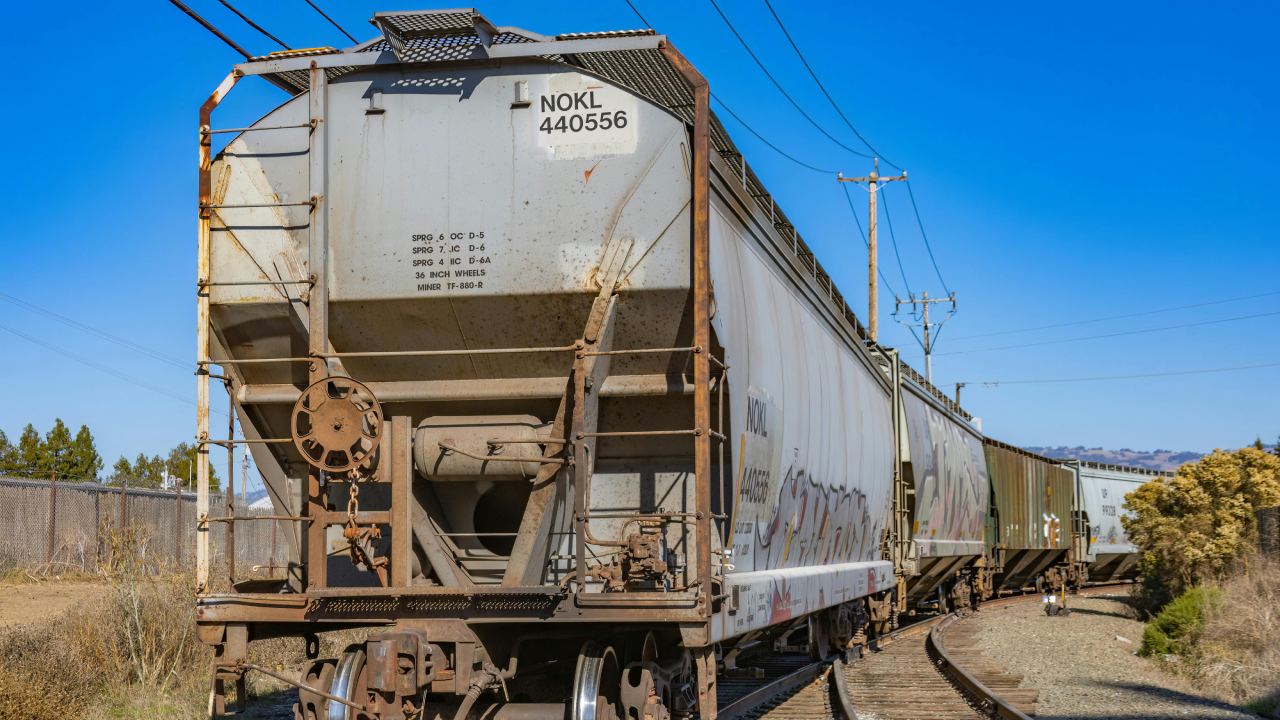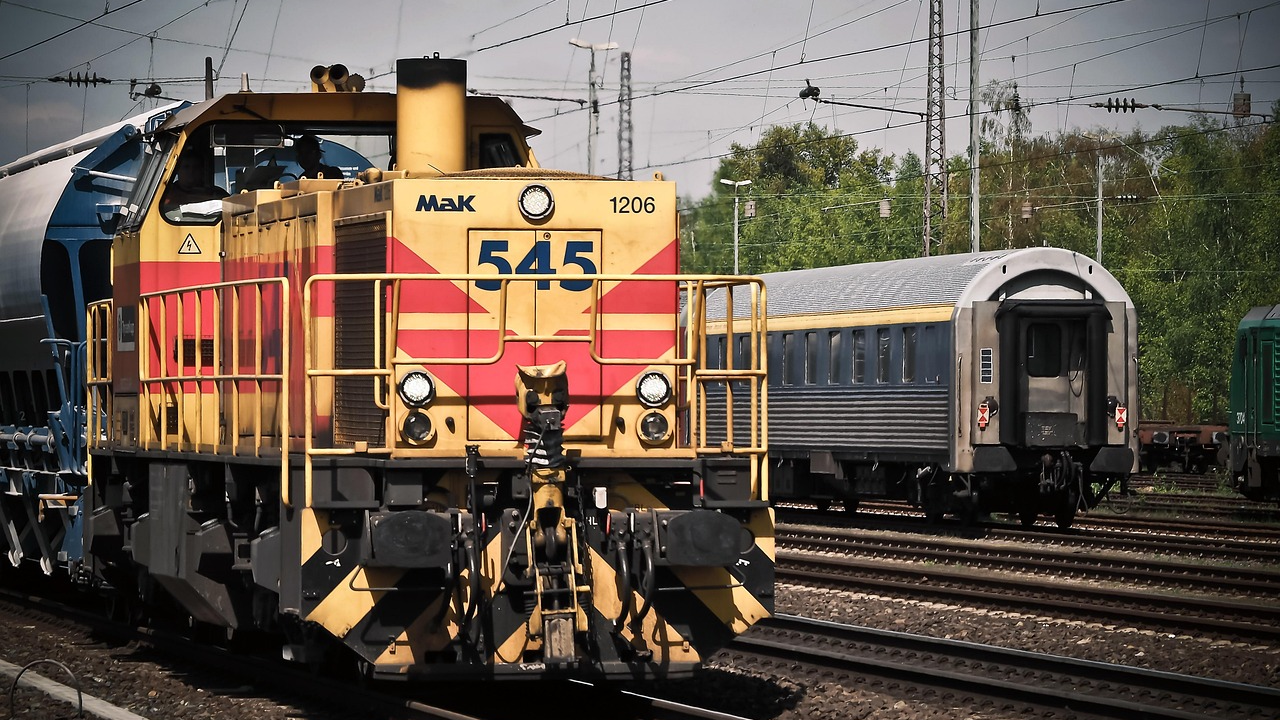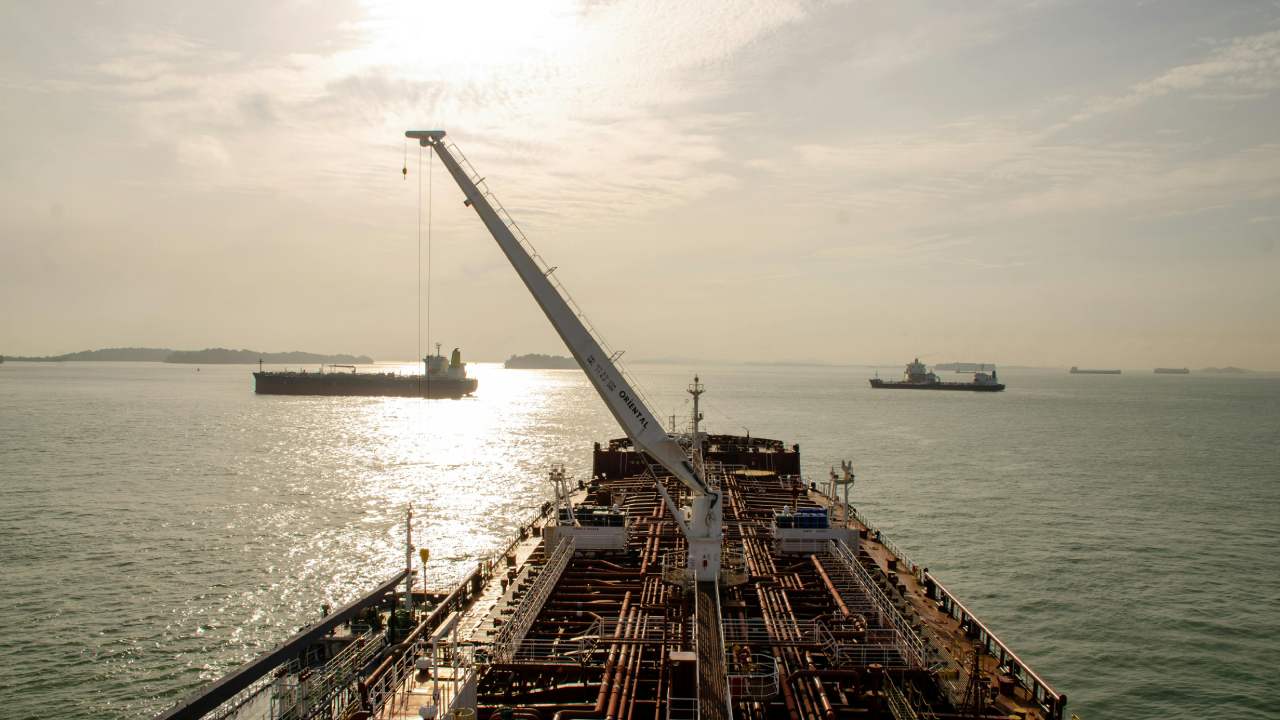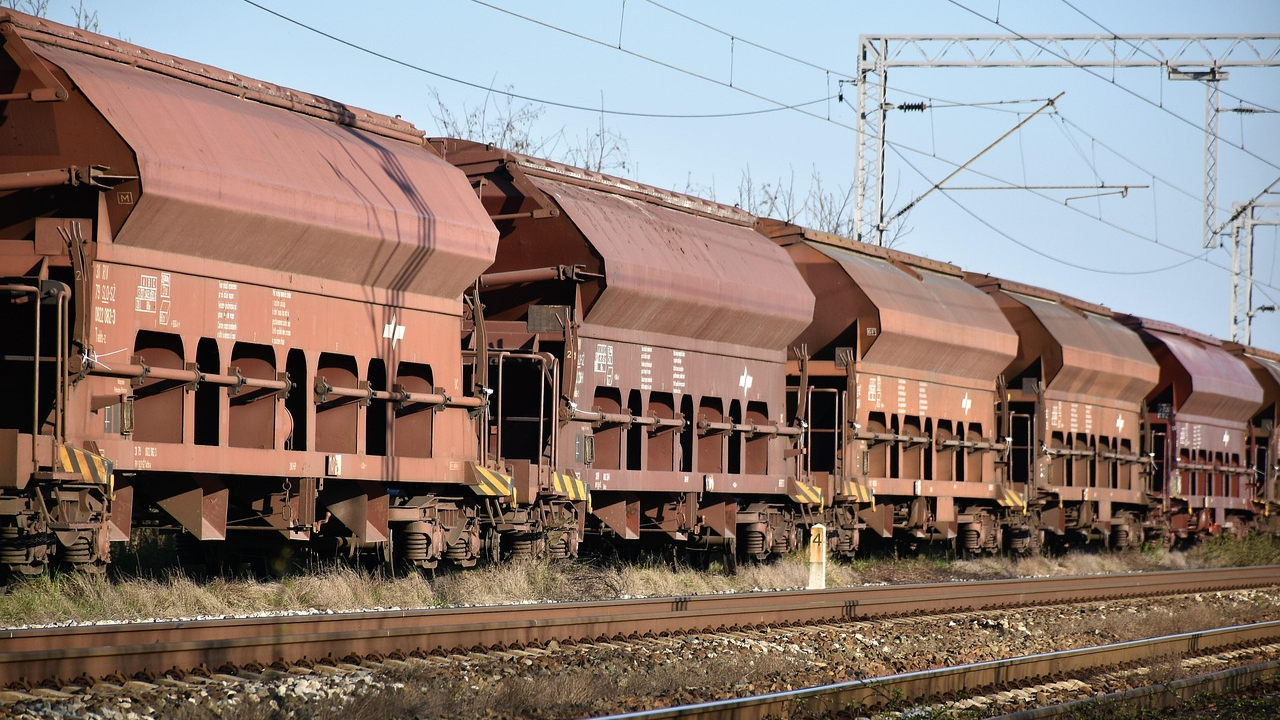Rail Freight from Central Asia to Europe via Varna
The rail freight route from Central Asia to Europe via Varna is becoming one of the most efficient and sustainable corridors for modern Eurasian logistics.
This corridor — part of the Trans-Caspian International Transport Route (also known as the Middle Corridor) — connects Kazakhstan, Uzbekistan, Turkmenistan, Kyrgyzstan, and Tajikistan with European markets through the Caspian Sea, the South Caucasus, and the Black Sea.
For shippers and logistics companies across Central Asia, the Varna route offers an optimal combination of speed, cost-efficiency, reliability, and intermodal flexibility.
Strategic Importance of the Route

Why the Varna Corridor Is Expanding Rapidly
-
The Middle Corridor has emerged as a key link in Eurasian freight transport, offering an efficient east–west connection.
-
Bulgaria’s Varna and Burgas ports are investing in rail terminals and intermodal facilities to integrate with the European railway network.
-
Cargo volumes on the Trans-Caspian route have increased by more than 60 % in recent years, reflecting growing trade between Asia and Europe.
-
In 2022, Uzbekistan dispatched its first container train carrying copper toward Europe via Varna — confirming that the corridor is operational and commercially viable.
The Varna route is no longer an alternative concept; it’s a working trade artery that continues to scale.

Historical Context and Strategic Role
Stage 1 – Central Asia → Caspian Ports
Freight originates in Kazakhstan, Uzbekistan, Turkmenistan, and neighboring countries, moving by rail to the ports of Kuryk, Aktau, or Turkmenbashi.
Modern consolidation terminals prepare containers for sea transfer and optimize cargo flow.
Stage 2 – Caspian Sea Crossing
Containers are shipped by ferry vessels from Kazakhstan or Turkmenistan to Alyat Port near Baku in Azerbaijan.
This short sea segment links two major railway systems — Central Asian and South Caucasian — ensuring smooth multimodal continuity.
Stage 3 – Azerbaijan → Georgia → Black Sea
From Baku, trains move westward across Azerbaijan into Georgia via the Baku–Tbilisi–Kars railway.
Once in Georgia, freight reaches the ports of Poti and Batumi, where containers are transferred to feeder vessels crossing the Black Sea.
Stage 4 – Black Sea Crossing → Varna (Bulgaria)
From Batumi or Poti, cargo travels by ferry to Varna Port, where it is unloaded and dispatched further into the EU.
Final distribution within Europe is handled by rail or road to destinations such as Germany, Poland, Czechia, Italy, Hungary, and the Balkans.

Advantages of the Varna Rail & Sea Corridor
1. Balanced Transit Time
Transit from Central Asia to Europe via Varna typically takes 10 to 18 days, including all multimodal transfers.
That timeframe rivals or outperforms most long-distance maritime routes, offering an ideal balance between cost and speed.
Stable rail schedules and optimized ferry timetables across the Caspian and Black Seas ensure predictable delivery windows.
2. Cost Efficiency
The corridor combines low-cost inland rail transport with short sea crossings.
By minimizing ocean distance and avoiding long detours, total cost per ton / TEU decreases.
Economies of scale — together with higher container turnover in Varna, Batumi, and Poti — help maintain competitive rates.
Fixed contractual tariffs and consolidated volumes further improve pricing stability for shippers and forwarders.
3. Reliability and Predictability
The rail network in Kazakhstan, Azerbaijan, and Georgia operates under unified logistics agreements that facilitate through-transport under standard documentation.
Dedicated freight corridors and regular ferry schedules minimize waiting times at transshipment points.
Real-time tracking systems and digital waybills provide full visibility from origin to destination.
4. Environmental Performance
Rail transport generates up to 70 % less CO₂ emissions than long-haul road or ocean routes.
For companies implementing ESG (Environmental, Social and Governance) policies, using the Middle Corridor demonstrates commitment to sustainable supply-chain solutions.
Hybrid rail-sea logistics also reduce highway congestion and fuel consumption.
5. Integrated Market Access
For exporters across Central Asia — especially in metals, mineral resources, agriculture, and light industry — the Varna route opens direct, regular access to European markets.
For EU importers, it provides dependable sourcing from Asia with shorter lead times and transparent customs clearance within the EU.
6. Scalability and Future Growth
Infrastructure upgrades across the corridor — including double-tracking, new intermodal yards, and terminal expansion at Varna — make the route scalable.
As capacity grows, transit cost per container will decline, improving competitiveness against longer maritime supply chains.
Types of Cargo Handled
- Containerized Freight (FCL / LCL): consumer goods, packaging, machinery, and industrial products.
- Project & Oversized Cargo: construction equipment, energy infrastructure components, heavy machinery.
- Bulk & Liquid Commodities: grains, fertilizers, chemicals, petroleum products.
- Temperature-Controlled and Hazardous Cargo: handled under strict international safety standards and certifications.
| Route Segment | Average Transit Time | Key Notes |
|---|---|---|
| Central Asia → Caspian Port | 2 – 5 days | Depends on origin country and inland rail distance |
| Caspian Sea Crossing | 1 – 2 days | Ferry transfer from Kazakhstan or Turkmenistan to Azerbaijan |
| Azerbaijan → Georgia | 1 – 2 days | Rail corridor via Baku–Tbilisi–Kars line |
| Georgia → Varna (Bulgaria) | ≈ 1 day | Short Black Sea ferry connection to Bulgaria |
| Varna → EU Destination | 1 – 4 days | Distribution within the European Union by rail or road |
| Total estimated transit time: 10 – 18 days (depending on connections and customs clearance) | ||

Sofmar – Your Reliable Partner in Rail Freight Transport between Europe and Central Asia via Varna
Efficient rail freight transport across Eurasia requires more than trains and schedules — it demands coordination, reliability, and deep regional expertise.
Sofmar provides a complete logistics solution for cargo moving between Europe and Central Asia via Georgia and the Port of Varna, forming part of the dynamic Middle Corridor.
We ensure that every shipment — from bulk commodities to high-value containers — travels seamlessly across borders and transport modes.
Our core services include:
-
professional freight forwarding and operational control at all stages of transport;
-
planning and supervision of multimodal rail and sea logistics;
-
handling of containerized, consolidated, and project cargo;
-
coordination with major ports and railway operators throughout the corridor;
-
full customs clearance, certification, and documentation support.
With Sofmar’s integrated service model, clients gain:
-
reliable door-to-door delivery through a unified logistics chain;
-
transparent cost control and real-time cargo visibility;
-
turnkey management, ensuring every shipment reaches its destination safely, on time, and within budget.
Sofmar stands as a trusted partner for companies expanding their trade between Europe and Central Asia — linking regions, markets, and industries through precision logistics and sustainable transport solutions.
Our agency’s office is located in the port of Poti at the address: Alley April 9, No. 30/39, Poti, Georgia.
If you need logistics, sea freight forwarding in Poti, please call our office: +995 493 22-02-66